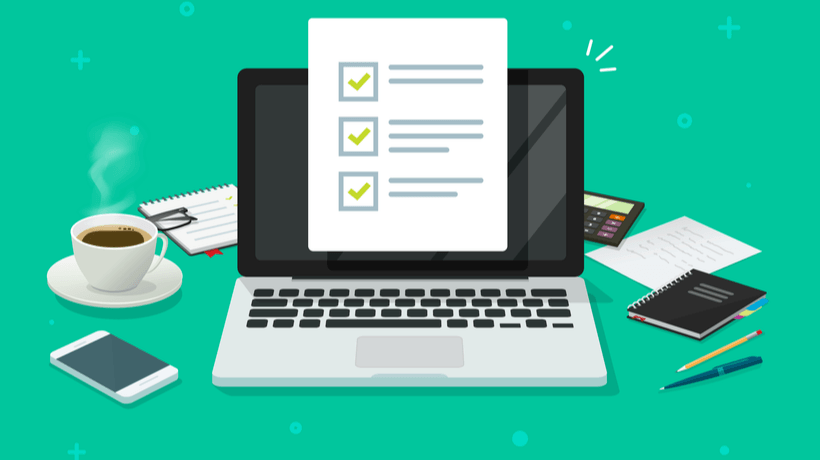How To Choose The LMS With The Right Reporting Features For Your Training Company
Shopping for a Learning Management System (LMS) can be a challenging process. Trying to find a system that meets all the particular needs of your company can be difficult, so it’s important to do a little research and take the time to find the exact system for you.
One aspect of an LMS which you may not have considered is reporting. Reporting is vital for you to be able to measure the success of your business, so when you’re shopping for an LMS, you need to make sure it comes equipped with a robust reporting system. This will enable you to make the most of the data which your LMS collects.
Let’s take a look at some of the reporting features you want when you’re trying to a choose an LMS for your training business.
1. Automated Report Creation
Reports are so important for your training measurement, but we’re sure nobody wants to spend hours every month basically recreating the same reports over and over again. Once you’ve decided on the data you want to report on every month, you need to compile the report, again and again, every time you need to see the most up-to-date version of the data, and that’s just a poor use of your time.
Find an LMS reporting system which will create your reports automatically for you, and you can be confident that your reports will be ready when you need them but you won’t have to lift a finger.
This means you will just have to decide on the data you want to see in the report, and how you want it displayed, and then every time you access the report it will be updated in real-time with the latest data available. Now, all you have to do is send it to the people who need to see it, whenever they need to see it, and you’re done – the reporting system does all the report creating for you!
2. Ability To Customize
Reporting is a really individual thing for every training company out there. Even within one company, different departments are going to need different reports, which will all focus on different data points.
Look for a reporting system which will give you the ability to customize the fields that appear in your report, and allow you to apply filters to ensure you’re only reporting on exactly the data you need to. A reporting system that only lets you choose from pre-set fields is just going to waste your time and leave you frustrated. No-one wants to trawl through a report full of lots of extraneous data – reports need to get to the point and be analyzed quickly and easily. Being able to pick exactly the custom fields you want will help you do this.
3. Link To Data From Other Areas Of Your Business
Ideally, you want to use one centralized reporting system for your entire business, so if you need to merge the data from different areas of your business with your LMS data, it’s quick and easy to do. Look for a reporting system which will work with your LMS reporting to allow you to do this.
Using more than one systems for reporting will just mean lots of duplicate data entry, as well as a higher risk of human error and the chance people, will be working from different versions of the same document.
A good solution may be to get a training management system which comes with an LMS built-in. This means you can manage all of your training administration, as well as your eLearning offering, and use the training management system’s reporting system to report on everything that happens in your business.
4. Report On Assessment Results
Assessment results are a really important thing to report on because they let you know how your students are performing in your courses. This is key with eLearning if your students are completing the assessments online, because without these reports it might be hard for you to get the proper level of visibility on how your students are getting on, unlike classroom-based sessions where the tutors will be issuing the assessments themselves.
It’s key for you to be able to see all the assessment results for certain courses in one place, and in just a few clicks, so you can see if any problems have cropped up. This could be things like lots of students failing a course, which could point to a problem in your course material. Spotting a problem like this early will give you time to fix it before it negatively affects a high number of your students.
5. Report On Student Feedback
A final thing which is important for you to be able to report on is student feedback. Again, this is even more important with eLearning, because chances are your students have very little contact with your staff, so your tutors won’t know how students are feeling on a day-to-day basis.
If you have online surveys which you wish you could send out to your students, it may be a good idea to look for a reporting system which will integrate with the survey tool so that all the responses to the survey are automatically pulled into your reporting system. This means you don’t have to pull the results across manually, and the data will always be updated as more and more people respond.
Then, you can create exactly the reports you need from your results, and get a good picture of your students’ experience with your training company.







